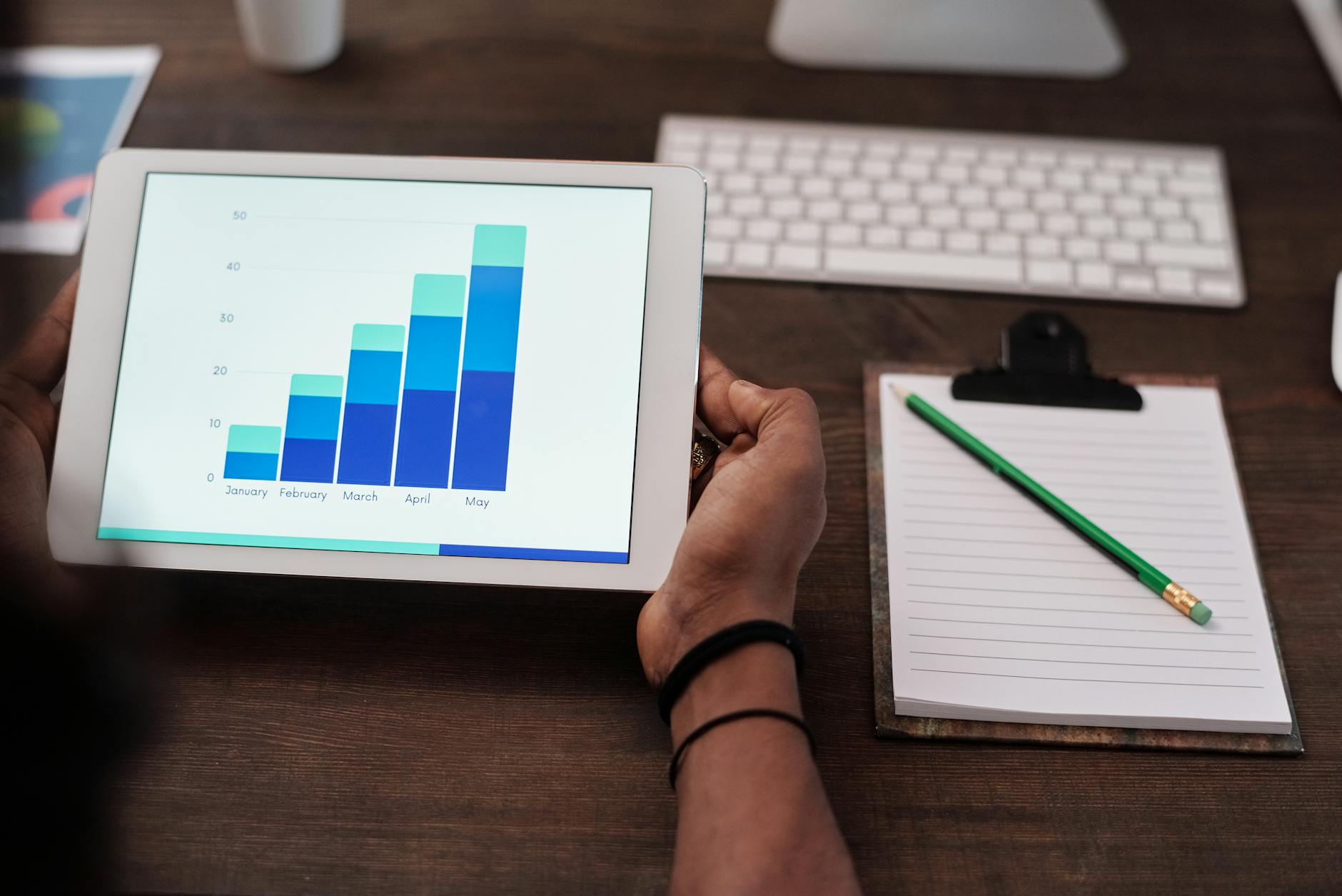Imagine finding a secret pathway that not only makes your journey through a vast landscape easier but also unveils treasures along the way. That’s what internal linking does for your website. It’s a powerhouse strategy that, when executed correctly, can boost your site’s visibility and enhance the user experience. But why is it so crucial, and how can you make the most of it? Let’s dive in.
 Photo by Mikael Blomkvist
Photo by Mikael Blomkvist
Understanding Internal Linking
At its core, internal linking refers to the practice of linking one page of a website to another page within the same website. Unlike external linking, which connects your site to different domains, internal links weave a spiderweb of connections within your own site. This interconnected web is not just for navigation; it’s a strategic tool that guides users and search engines through your site’s content, enhancing both visibility and user experience.
Key Concepts of Internal Linking
- Anchor Text: The clickable text part of a hyperlink. Best practices suggest using descriptive, keyword-rich text that gives both users and search engines a clear idea of what the linked page is about.
- Link Relevancy: The concept that links should connect related information, helping to establish content hierarchies and topics within your site.
- Link Juice Distribution: This refers to the way authority and ranking power are passed through links, impacting the SEO strength of linked pages.
Each of these elements plays a vital role in crafting a site that’s not just a collection of pages, but a structured, easy-to-navigate information repository.
Benefits of Internal Linking
Internal linking does more than just keep your pages interconnected; it’s a crucial element of SEO that can significantly impact your site’s performance. Here are a few notable benefits:
- Improved Website Navigation: It helps users and search engines find pages on your site, enhancing the overall user experience.
- Boosted Page Authority: By distributing link equity throughout your site, you can boost the ranking potential of individual pages.
- Reduced Bounce Rate: By providing relevant additional reading options, you encourage visitors to explore your site further.
Best Practices for Internal Linking
To harness the full potential of internal linking, it’s essential to follow some best practices that ensure your strategy is both effective and sustainable.
Internal Linking Strategy
Developing a strong internal linking strategy involves a few key steps:
- Create a Hierarchical Structure: Your site should have a clear, logical structure, making it easy for users and search engines to navigate.
- Use Descriptive Anchor Text: Instead of generic texts like “click here,” use descriptive phrases that indicate the linked page’s content.
- Optimize Link Placement: Place internal links where they feel natural and helpful to the reader, typically in the body of your content rather than in the navigation menu or footer.
Internal Linking Tools and Resources
Several tools and resources can help streamline your internal linking process. WordPress plugins like Yoast SEO offer suggestions for internal links as you write, while more comprehensive tools like SEMrush and Ahrefs can help you conduct thorough internal link audits and identify linking opportunities.
Measuring Internal Linking Success
To gauge the effectiveness of your internal linking strategy, it’s crucial to monitor specific KPIs and adapt your approach based on the insights gathered.
Analyzing Internal Linking Metrics
Key metrics to monitor include:
- The number of internal links pointing to important pages.
- The click-through rate (CTR) from internal links.
- Bounce rate changes following the implementation of internal linking strategies.
These metrics offer valuable insights into how well your internal links are performing and whether they’re contributing to your SEO goals.
Case Studies on Internal Linking Success
Many websites have seen remarkable SEO improvements through strategic internal linking. For instance, by restructuring their internal links to highlight cornerstone content, some sites have witnessed significant boosts in both rankings and organic traffic.
In Conclusion
Internal linking is more than just a technical SEO strategy; it’s a foundational element of a highly navigable, engaging, and successful website. By understanding its key concepts, benefits, and best practices, and by measuring your success with concrete metrics, you can leverage internal linking to its full potential. Now’s the time to weave your web and guide both users and search engines through your treasure trove of content. Are you ready to unlock the power of internal linking?
Latest Post
- The Ultimate Guide To Blogger Side Hustles: Turn Your Passion Into Profit
- What Is The Purpose Of A Blog?
- Understanding Blogging: Your Guide To Building Authority And Income
- How To Create Your Own Blog Site
- Understanding Blog Metrics
- Build A Reader Fan Base





